In this comprehensive guide, we are covering all types of eggs from A to Z! From egg sizes, grades, hen welfare, and more, we’re covering it all in this ultimate guide to egg varieties!
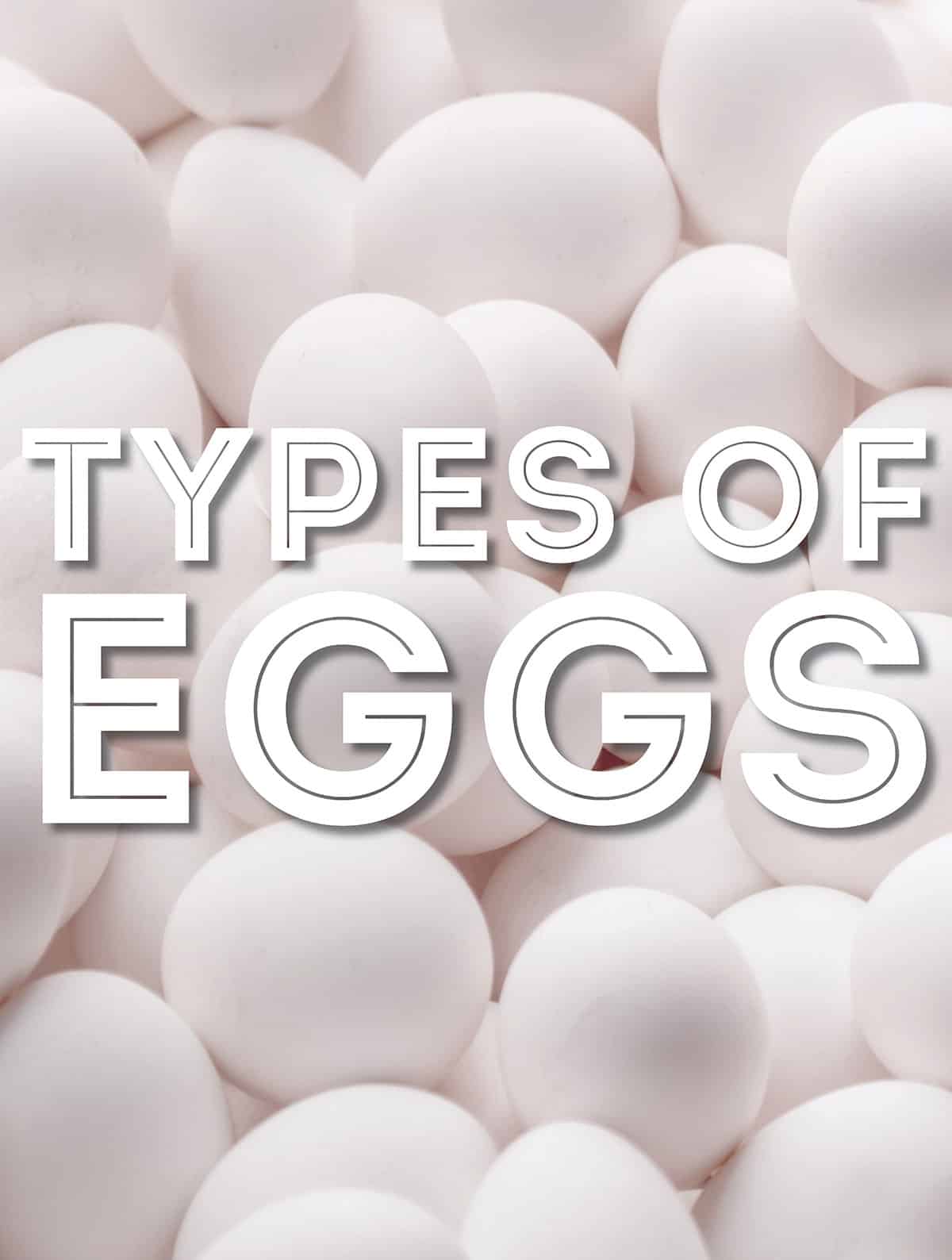
Types of Eggs
No matter how you crack it, there are many ways to classify eggs, from size to grade to the animals who lay them! Click the links below to jump around this comprehensive guide, or just keep scrolling for a truly egg-citing adventure!
- Types of Eggs
- Egg Types Sorted by Size
- Egg Types Sorted By Grade
- Egg Types Based on Cooking Method
- Egg Types Sorted By Hen Welfare
- Egg Types Sorted by Animal
Egg Trivia
Why Did Dr. Seuss Write Green Eggs and Ham? The answer is at the end of this post!
- He wrote it on a bet
- His mother made him eat eggs even if the grease in her pan discolored them
- His father dyed their eggs green and red at Christmas
Egg Types Sorted by Size
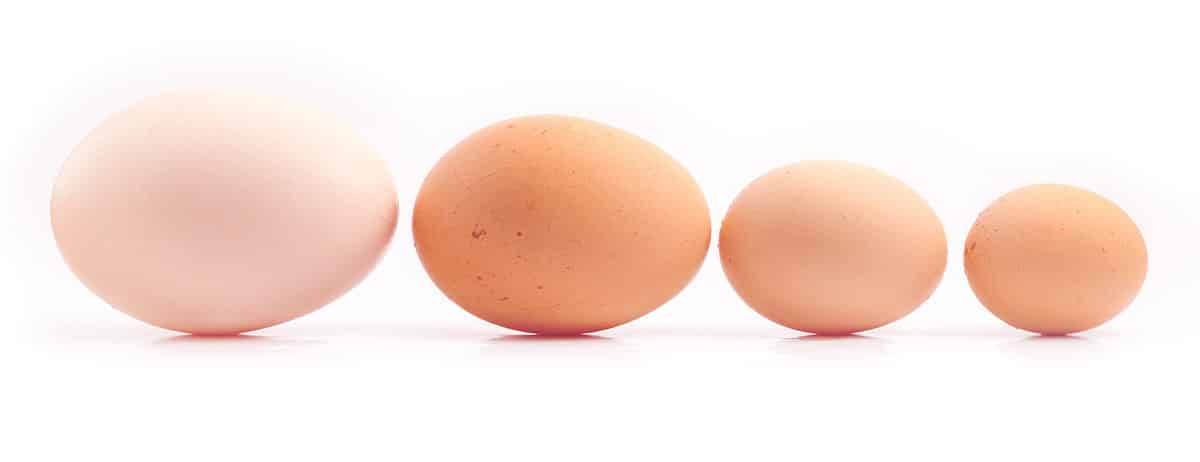
The USDA has established standards for egg sizes in the United States. These standards are based on the minimum required weight per dozen eggs. The following are the USDA standards for egg sizes, listed from largest to smallest:
Jumbo Eggs
Minimum 30 ounces (850 grams) per dozen. Jumbo eggs are the largest commercially available eggs. They usually weigh around 70 grams (2.5 ounces) or more. These eggs are often sought after by those who prefer a larger yolk-to-white ratio and are commonly used for baking or in recipes that require a larger amount of egg.
Extra-Large Eggs
Minimum 27 ounces (765 grams) per dozen. Extra-large eggs are slightly smaller than jumbo eggs. They typically weigh between 63 to 69 grams (2.2 to 2.5 ounces). Extra-large eggs are popular for their versatile use in both cooking and baking.
Large Eggs
Minimum 24 ounces (680 grams) per dozen. Large eggs are the most commonly sold eggs in grocery stores. They have a weight range of about 56 to 62 grams (2 to 2.2 ounces). Large eggs are widely used in various culinary applications including frying, scrambling, baking, and as a general ingredient in recipes.
Medium Eggs
Minimum 21 ounces (595 grams) per dozen. Medium eggs weigh around 50 to 55 grams (1.8 to 1.9 ounces) each. While less common than large eggs, medium eggs can still be found in supermarkets and are suitable for most cooking and baking purposes.
Small Eggs
Minimum 18 ounces (510 grams) per dozen. Small typically weigh around 43 to 49 grams (1.5 to 1.7 ounces). They may be less commonly available in stores but can still be used for cooking and baking, especially when recipes call for smaller amounts of egg.
PeeWee
Minimum 15 ounces (425 grams) per dozen. Peewee eggs are the smallest commercially available eggs. They typically weigh around 35 to 42 grams (1.2 to 1.5 ounces). These eggs are much less common and may not be widely available. They are primarily used in specialized culinary applications or in recipes that require smaller portions.
Egg Types Sorted By Grade

In the United States, eggs are commonly graded based on their quality and appearance. The grading process evaluates factors such as shell cleanliness, thickness, and texture, as well as the quality of the yolk and albumen (egg white). There are three main grades of eggs commonly used in the United States
Grade AA Eggs
Grade AA eggs are considered the highest quality eggs available. They have thick, firm whites, and the yolks are firm and high-centered. The shells are clean and unbroken, with a uniform, smooth appearance. Grade AA eggs are best used for dishes where appearance is crucial, such as poached eggs, fried eggs, or omelets that showcase the egg as the main ingredient.
Grade A Eggs
Grade A eggs are also of high quality, although they may have slight differences compared to Grade AA eggs. The whites are reasonably firm, and the yolks may be slightly less firm and centered than Grade AA eggs. The shells are also clean and unbroken, but there might be minor imperfections. Grade A eggs are suitable for a wide range of uses, including hard-boiling, baking, scrambling, and general cooking purposes.
Grade B Eggs
Grade B eggs are still safe to eat but are considered lower in quality compared to Grade AA and Grade A eggs. The whites of Grade B eggs are noticeably thinner and may spread out more when cracked. The yolks may be flatter and larger in relation to the whites. The shells may have more prominent imperfections or stains. Due to their lower quality, grade B eggs are typically not sold in retail stores but are commonly used in commercial food processing, such as in pasteurized egg products, where the appearance of the eggs is less important.
Egg Types Based on Cooking Method
There are numerous different ways to cook eggs, not to mention variations, tricks, and “mom’s secret ingredient” ways to cook all these classic egg preparations. We present the most basic way to do each.
Hard-Boiled Eggs
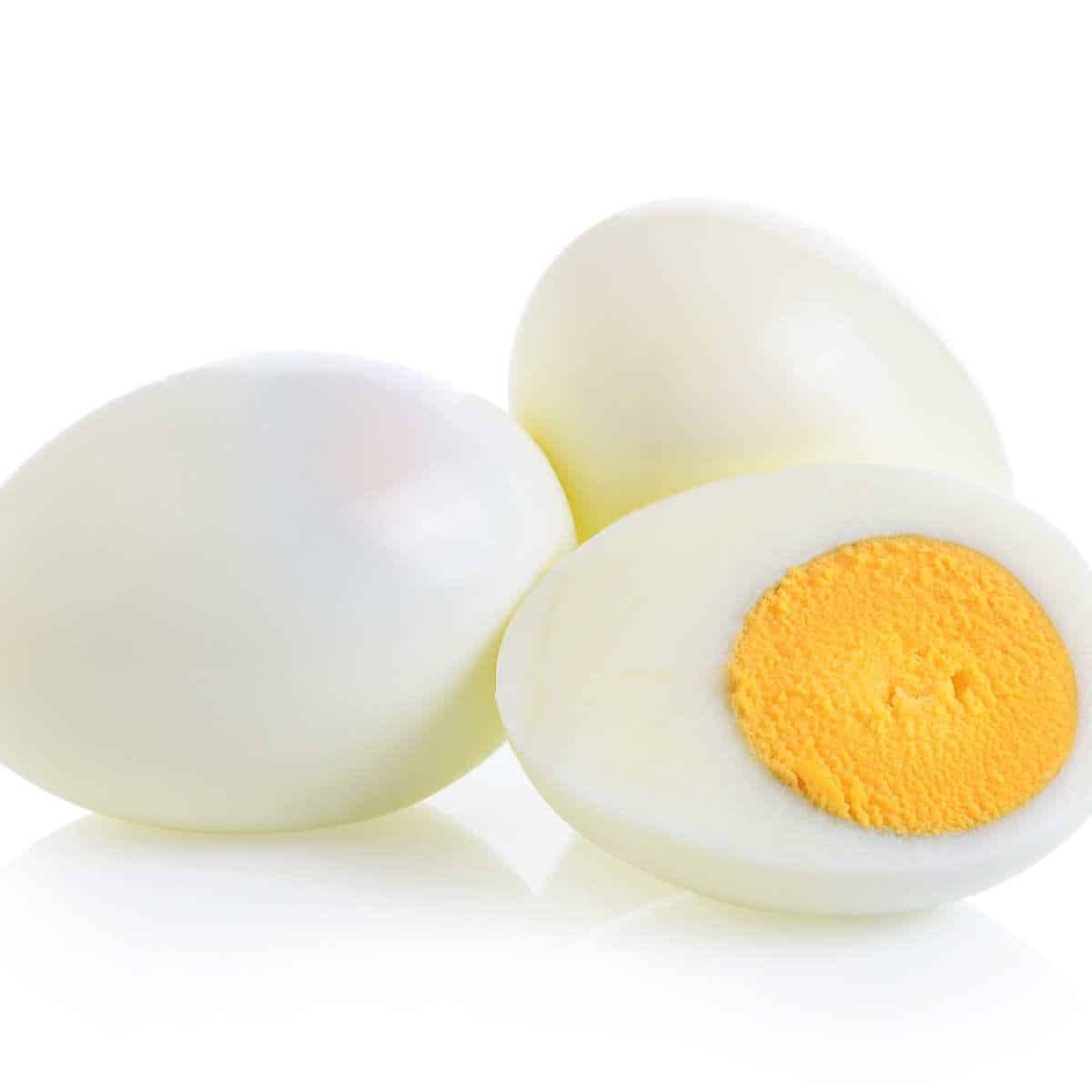
- Place the eggs in a single layer in a saucepan and cover them with cold water.
- Bring the water to a boil over medium heat.
- Once boiling, reduce the heat and let the eggs simmer for about 9-12 minutes.
- Remove the eggs from the heat, drain the hot water, and transfer them to an ice bath to cool.
- Peel the eggs once they have cooled.
Hard-boiled eggs are the base ingredient for the classic hors d’oeuvres plate of Deviled Eggs.
Soft-Boiled Egg Healthy Deviled Eggs
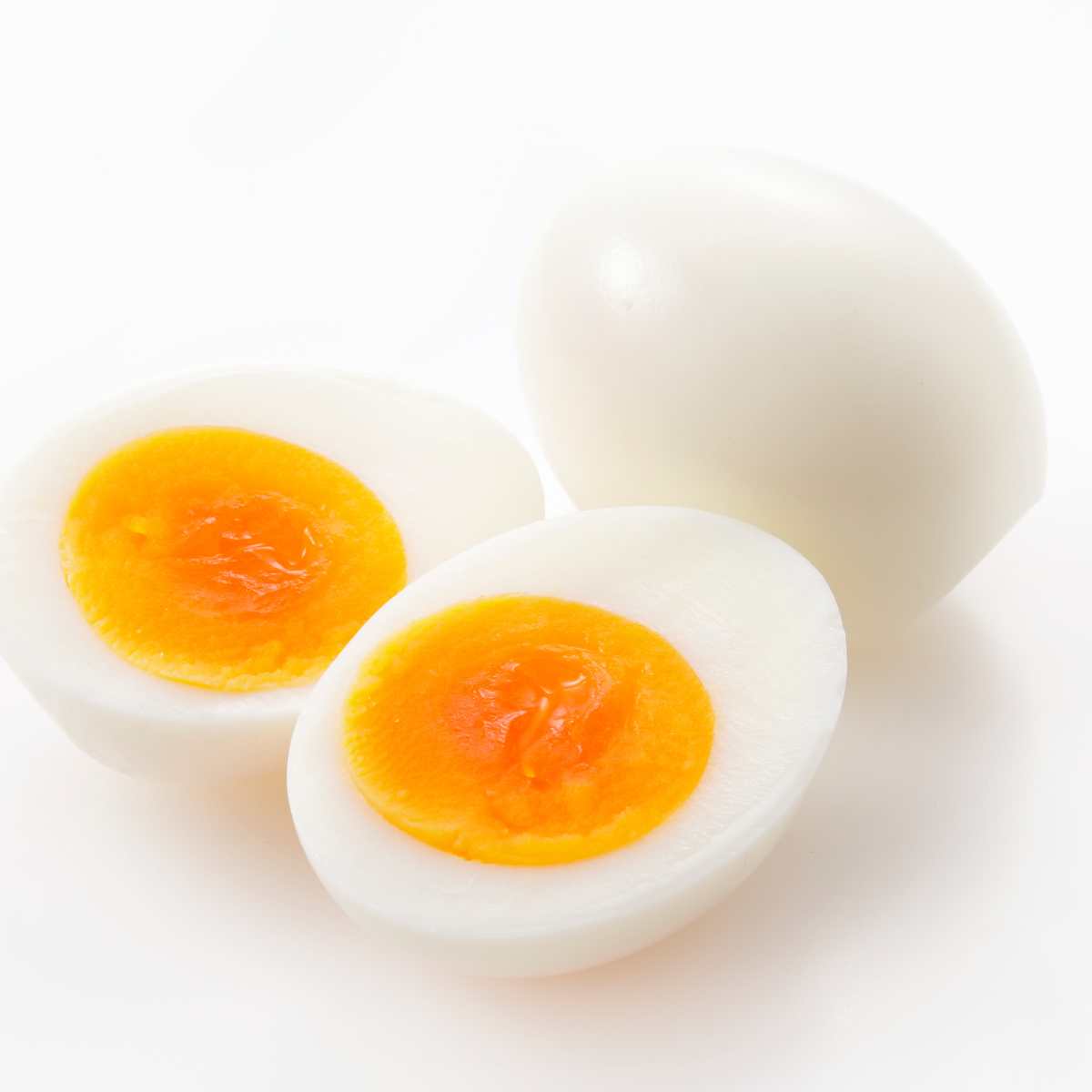
- Bring a small pot of water to a boil.
- Gently place the eggs into the boiling water and let them cook for 4-6 minutes.
- Remove the eggs from the boiling water and transfer them to an egg cup or a small bowl.
- Carefully tap the top of the egg with a spoon to crack it open, and enjoy with toast or however desired.
Hard-Scrambled Eggs
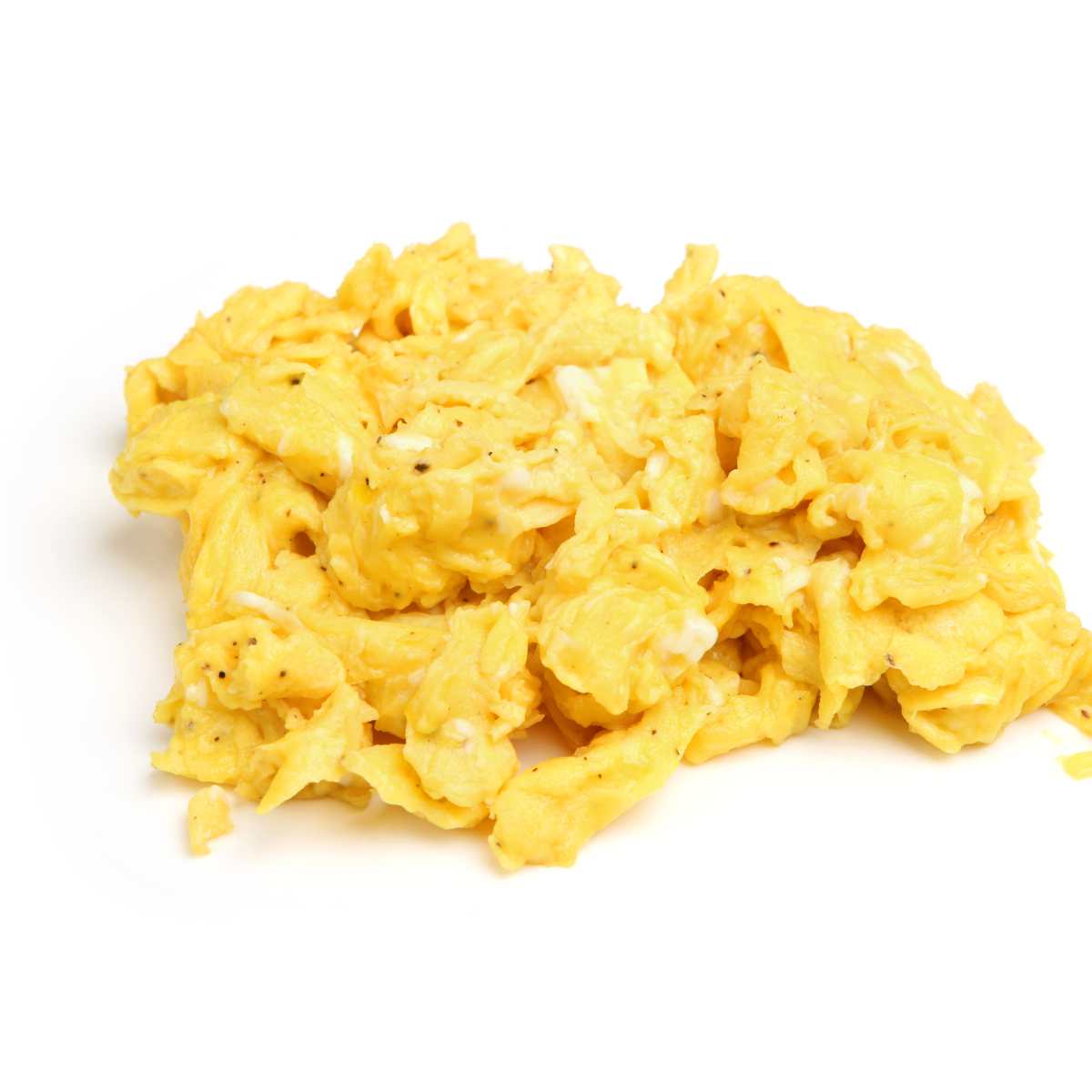
- Crack the eggs into a bowl and whisk them until well combined.
- Heat a non-stick skillet over medium heat and add a pat of butter or a drizzle/spray of oil.
- Pour the beaten eggs into the skillet and let them cook undisturbed for a few seconds.
- Stir the eggs gently with a spatula, breaking them up into curds as they cook.
- Continue to cook, stirring occasionally, until the eggs are fully cooked and no longer runny.
Soft-Scrambled Eggs
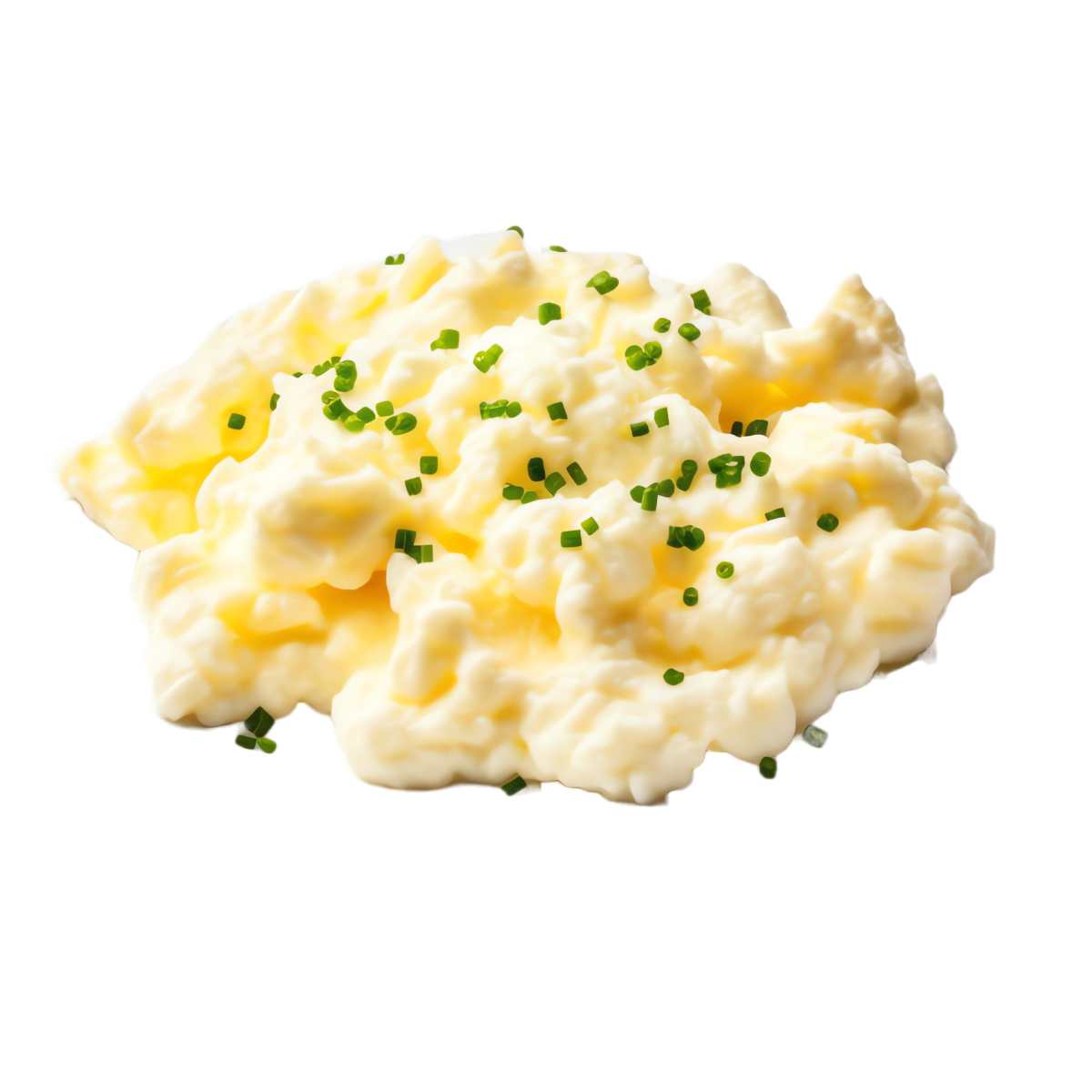
- Follow the same steps as for hard-scrambled eggs, but remove the eggs from the heat while they are still slightly runny and creamy. The residual heat will finish cooking them.
Creamy Scrambled Eggs
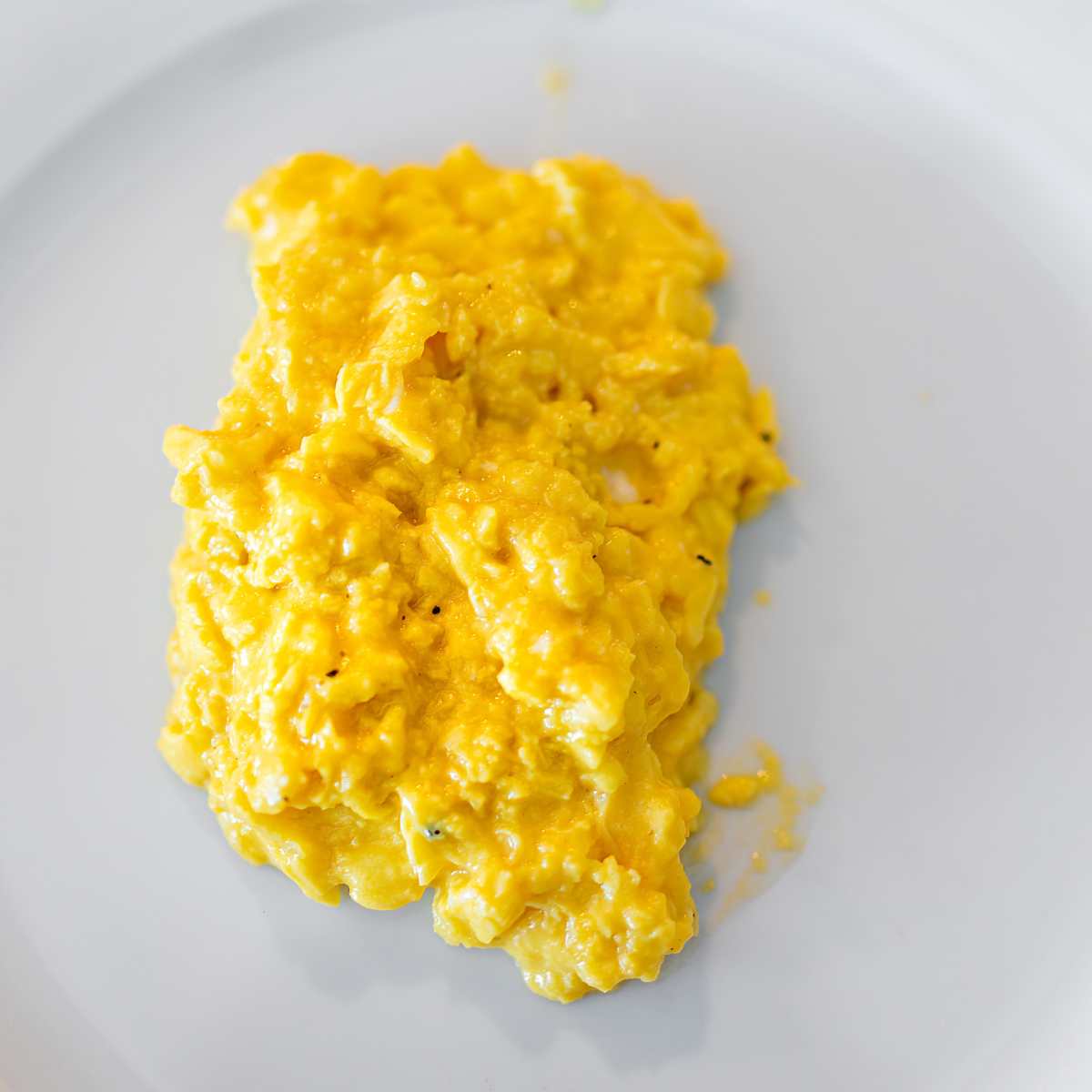
- In a bowl, whisk the eggs together with a splash of milk, cream, or cheese.
- Heat a non-stick skillet over low heat and add a generous amount of butter.
- Pour the egg mixture into the skillet and gently stir with a spatula.
- Cook slowly, stirring constantly, until the eggs are creamy and softly set.
Need a breakfast egg dish for more than just a few people? Skip the scrambled eggs, as easy as they are, for Sheet Pan Eggs.
Omelets and Frittatas
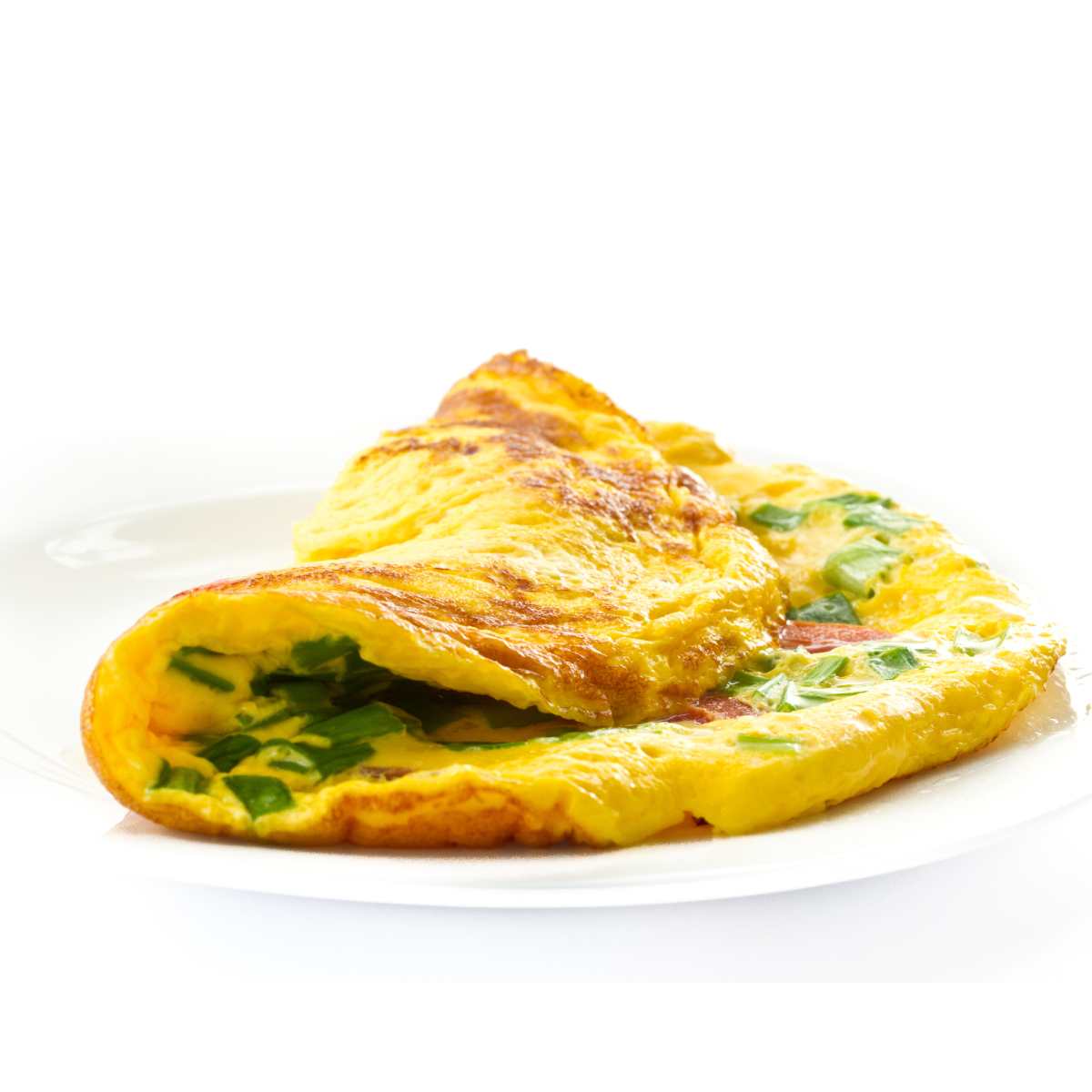
- Omelets and frittatas are variations of cooked eggs with added ingredients like vegetables, cheese, or meats.
- Whisk the eggs in a bowl and season with salt and pepper.
- Heat a non-stick skillet over medium heat and add a bit of butter or oil.
- Pour the beaten eggs into the skillet and let them cook for a minute until the edges start to set.
- Add your desired fillings (e.g., sautéed vegetables, cheese, ham) onto one side of the omelet or frittata.
- Carefully fold the other side over the fillings and cook for another minute or until the eggs are fully set.
Sunny-Side-Up Eggs
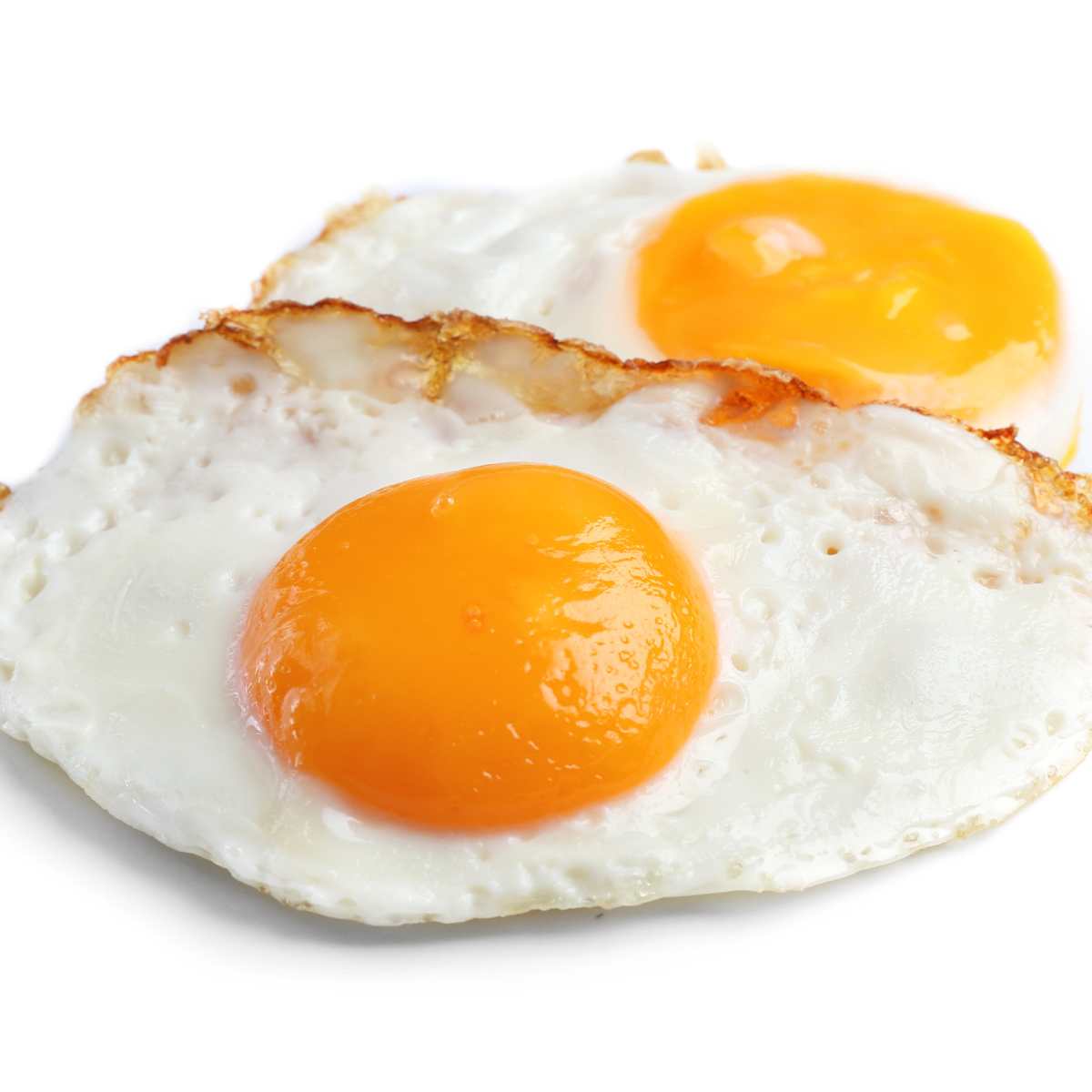
- Heat a non-stick skillet over low heat and add a small amount of oil or butter.
- Crack the eggs directly into the skillet, ensuring they remain separate from one another.
- Cook gently until the egg whites are set, and the yolks are still runny.
Over-Easy Eggs
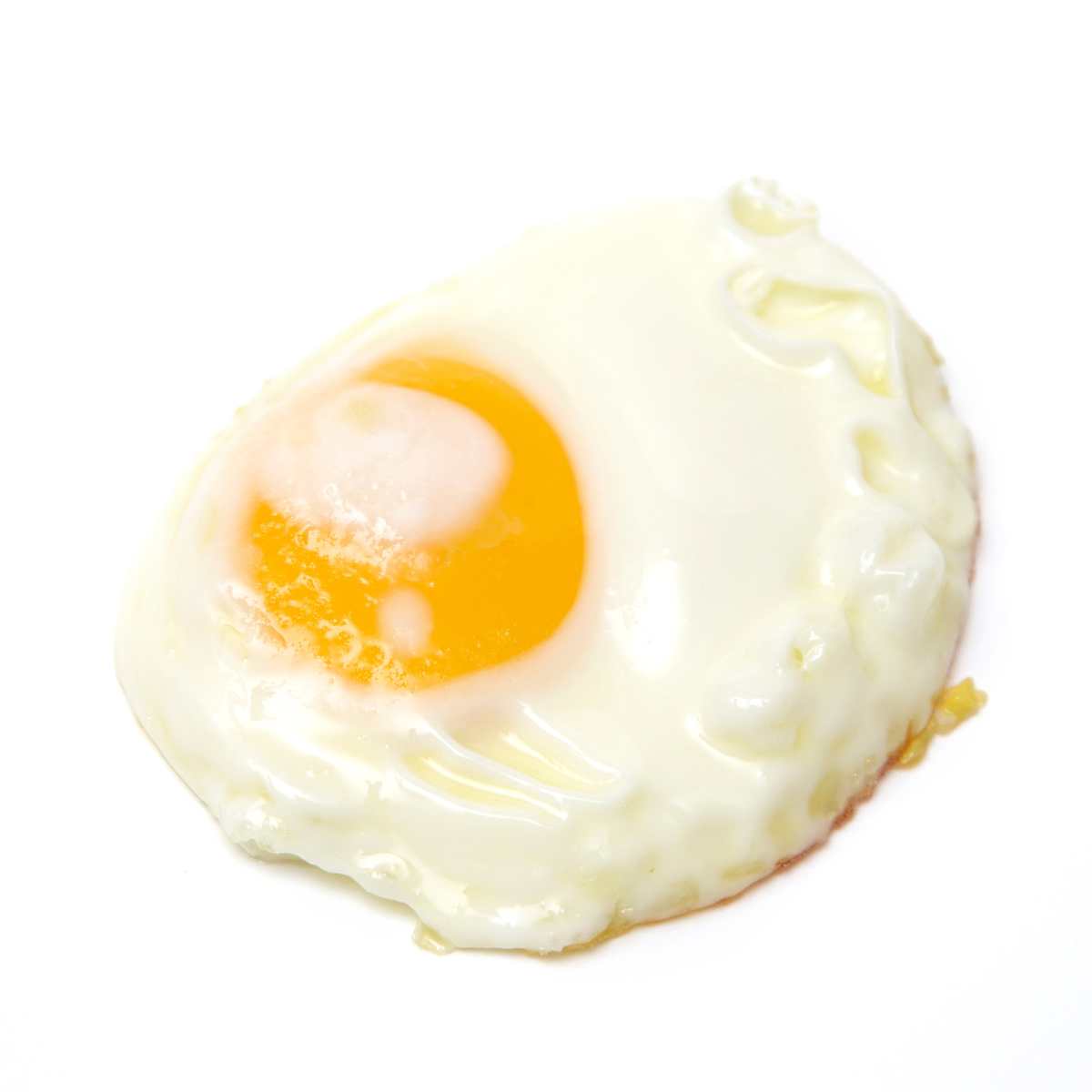
- Heat a non-stick skillet over medium heat and add a small amount of cooking oil or butter.
- Crack the eggs into the skillet and let them cook undisturbed for about 2 minutes or until the whites are set and the edges are crispy.
- Using a spatula, carefully flip each egg, being careful not to break the yolk.
- Cook for an additional 30 seconds to 1 minute for a runny yolk or longer if desired.
- Remove the eggs from the skillet and season with salt and pepper. Serve immediately.
Over-Medium Eggs
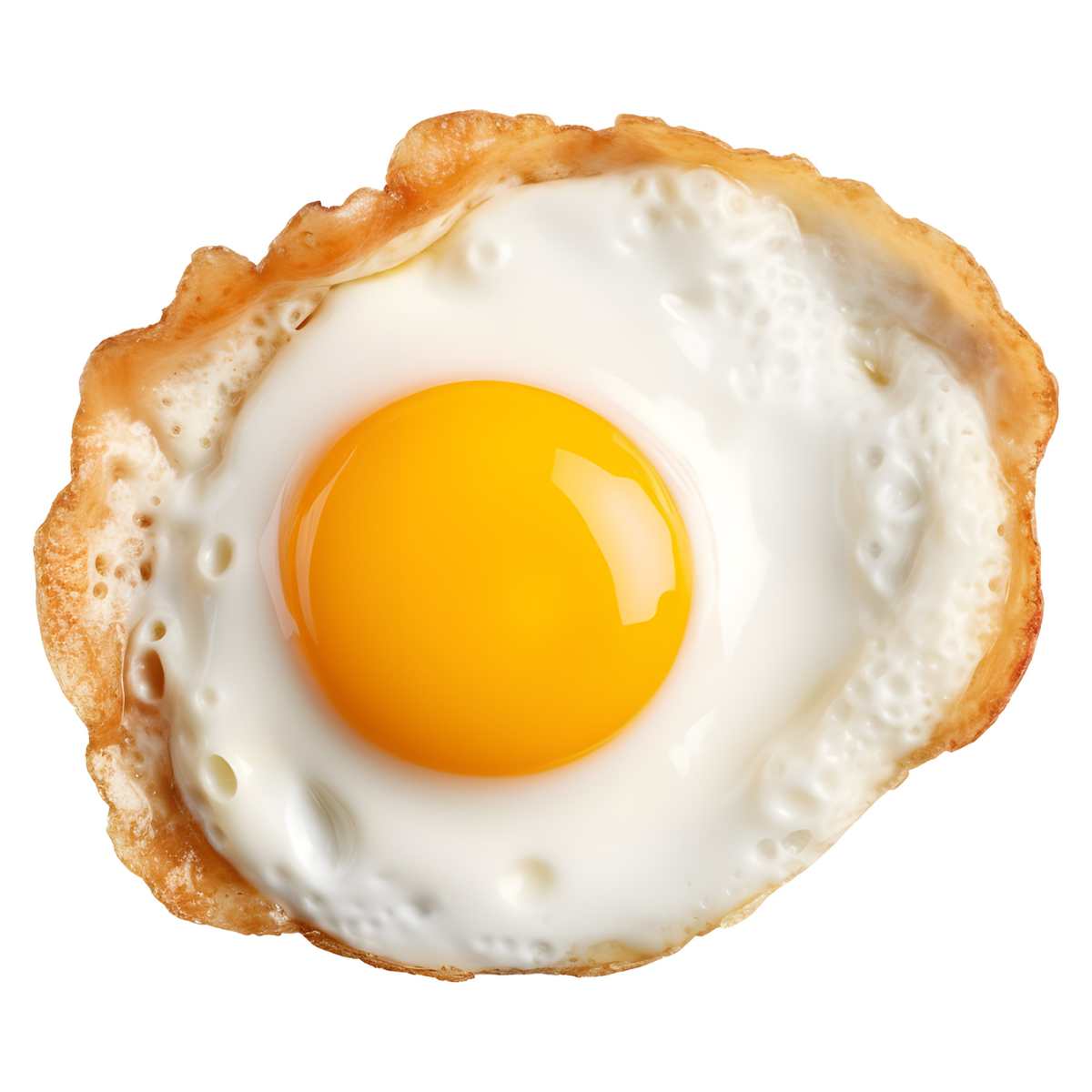
- Follow the steps for over-easy eggs but increase the cooking time after flipping the eggs.
- After flipping, let the eggs cook for an additional 1 to 2 minutes, depending on how runny or set you prefer the yolk to be.
- Remove from the skillet, season with salt and pepper, and serve.
Over-Hard Eggs

- Heat the skillet over medium heat and add oil or butter.
- Crack the eggs into the skillet and let them cook undisturbed until the whites are fully set and the yolks are cooked through.
- You can pierce the yolks gently with a fork to help them cook evenly.
- Cook for about 3 to 4 minutes or longer, depending on your preference.
- Flip the eggs if desired, or you can cook them on one side only.
- Remove from the skillet, season with salt and pepper, and serve.
Poached Eggs

- Fill a wide saucepan or deep skillet with water, about 2-3 inches deep. Place it on the stove over medium heat and bring the water to a gentle simmer. Avoid boiling the water vigorously, as it can break up the eggs.
- While the water is heating, crack an egg into a small bowl. This will make it easier to slide the egg into the water later.
- If desired, you can add a splash of vinegar to the simmering water. Vinegar helps the egg whites coagulate faster, resulting in a neater poached egg. You can skip this step if you prefer.
- Using a spoon, create a gentle whirlpool in the simmering water. The swirling motion will help the egg whites wrap around the yolk more evenly.
- Carefully slide the cracked egg from the bowl into the center of the swirling water. The swirling motion will help the egg maintain its shape.
- Repeat the process with additional eggs, one at a time, making sure to give each egg enough space in the water.
- Allow the eggs to poach for about 3-4 minutes for a soft poached egg or 5-6 minutes for a firmer yolk. Keep an eye on the eggs and adjust the cooking time based on your preference.
- Once the eggs are cooked to your liking, carefully remove them from the water using a slotted spoon. Gently shake off any excess water.
- Place the poached eggs on a plate lined with paper towels to absorb any remaining moisture.
- Season the poached eggs with salt and pepper, or other herbs and spices you prefer.
- Serve the poached eggs immediately, either on their own, on a slice of toast, or as a topping for dishes like Eggs Benedict or salads.
Okay, that is the basic routine for poached eggs. Check out our hands-down favorite way to make them – Oatmeal Avocado Poached Eggs.
Egg Types Sorted By Hen Welfare
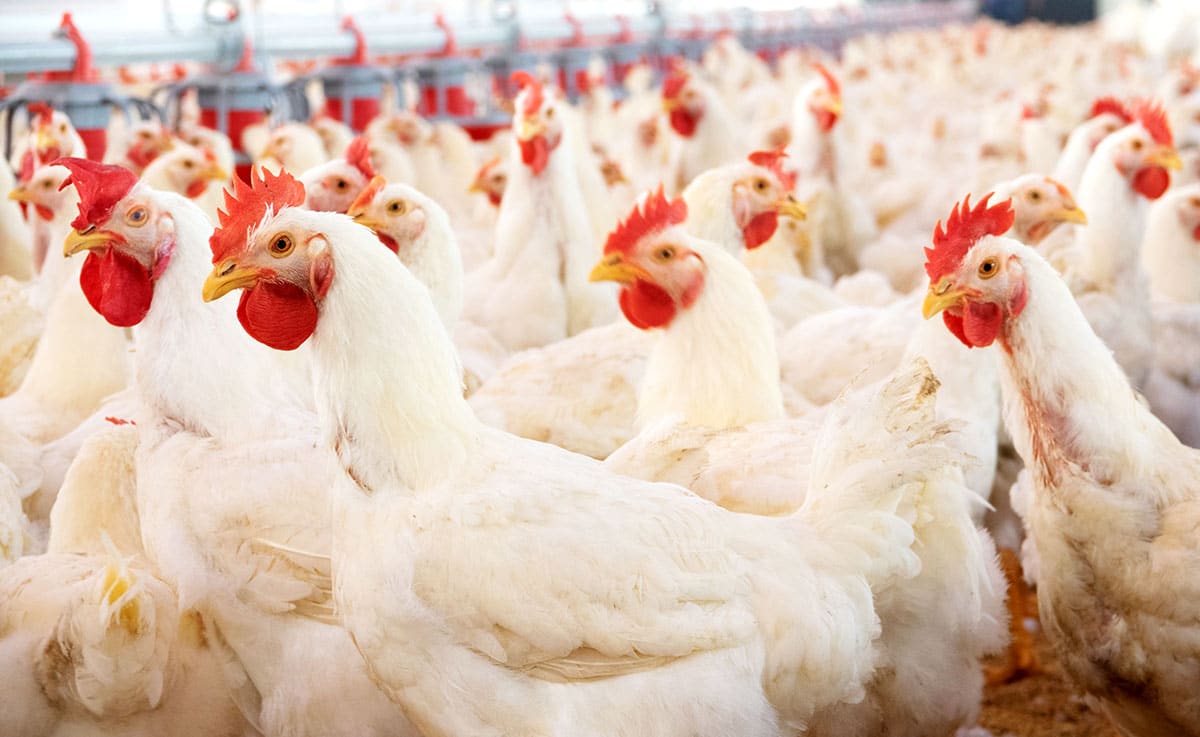
American Humane Certified Eggs
American Humane Certified eggs are produced under the guidelines established by the American Humane Association. This certification ensures that the eggs come from hens that have been raised in a humane and compassionate manner with a focus on animal welfare.
Cage-free Eggs
Cage-free eggs come from hens that are not confined to cages. Instead, they are typically housed in barns or other indoor facilities where they have more space to move around. It is important to note, however, that cage-free does not necessarily mean the hens have access to outdoor areas or a lot of space per bird. Don’t picture a coop with a dozen hens, but rather a large facility with thousands of birds.
Free-Range Eggs
Free-range eggs come from chickens that have access to the outdoors in addition to indoor housing. They have more space to roam and engage in natural behaviors. Free-range eggs can be used in any recipe that calls for eggs, and some people believe they have a richer flavor due to the hens’ varied diets.
Free-Run Eggs
Free-run eggs come from chickens that are not confined to cages but are raised indoors. The hens have more space to move around, and they can exhibit natural behaviors like perching and nesting. These eggs can be used in the same way as standard eggs.
Furnished/Enriched/Nest-Laid Eggs
These eggs come from hens that are provided with additional amenities in their housing, such as perches, nests, or other enrichments. They are often marketed as having higher welfare standards. Their uses are similar to standard white or brown eggs.
Omega-3 Eggs
Omega-3 eggs come from hens that are fed a diet enriched with omega-3 fatty acids. As a result, the eggs contain higher levels of omega-3s, which are beneficial for heart health. They can be used in any recipe that calls for eggs.
Organic Eggs
Organic eggs are produced by chickens that are raised according to specific organic farming standards. These hens are fed organic feed and are not treated with antibiotics or hormones. The eggs can be used in the same way as other types of eggs.
Pasteurized Eggs
Pasteurized eggs undergo a process called pasteurization, where they are heated to kill any potential bacteria, such as Salmonella, while retaining their nutritional value. Pasteurized eggs are often used in recipes that call for raw or undercooked eggs, providing an added layer of safety.
Pasture-Raised Eggs
Pasture-raised eggs come from hens that are raised on pasture or open fields. These hens have access to outdoor areas where they can roam, forage, and engage in natural behaviors. Pasture-raised eggs are often considered to have higher welfare standards than cage-free eggs. Farmer’s markets are a good source for such eggs, but expect to pay a premium to support farmers producing eggs this way.
Processed
Processed eggs are eggs that have been modified or treated in some way. They can come in various forms such as liquid eggs, egg whites, or powdered eggs. These products are commonly used in the food industry for convenience and ease of use in large-scale food production.
Standard White Eggs
This is the most common type of egg found in grocery stores. They come from chickens raised in conventional cages or indoor housing systems. They can be used in a variety of culinary preparations, such as baking, frying, boiling, or scrambling.
Standard Brown Egg
Brown eggs are similar to white eggs in terms of their uses and culinary applications. The color difference is due to the breed of chicken that lays them, with brown eggs usually coming from larger breeds like Rhode Island Reds or Plymouth Rocks.
Vegetarian
Vegetarian eggs come from hens that are fed a vegetarian diet, which means they are not fed any animal by-products. They can be used in any recipe that calls for eggs and are suitable for individuals following a vegetarian diet.
Vitamin-Enhanced Eggs
Vitamin-enhanced eggs are produced by hens that are fed a diet supplemented with vitamins, such as vitamin E or D. These eggs can provide additional nutritional benefits, and their uses are similar to other types of eggs.
Egg Types Sorted by Animal
Bantam Eggs
Bantam eggs are smaller eggs produced by bantam chickens, which are miniature breeds of chicken. They have a similar taste to regular chicken eggs and can be used in various cooking and baking applications.
Caviar
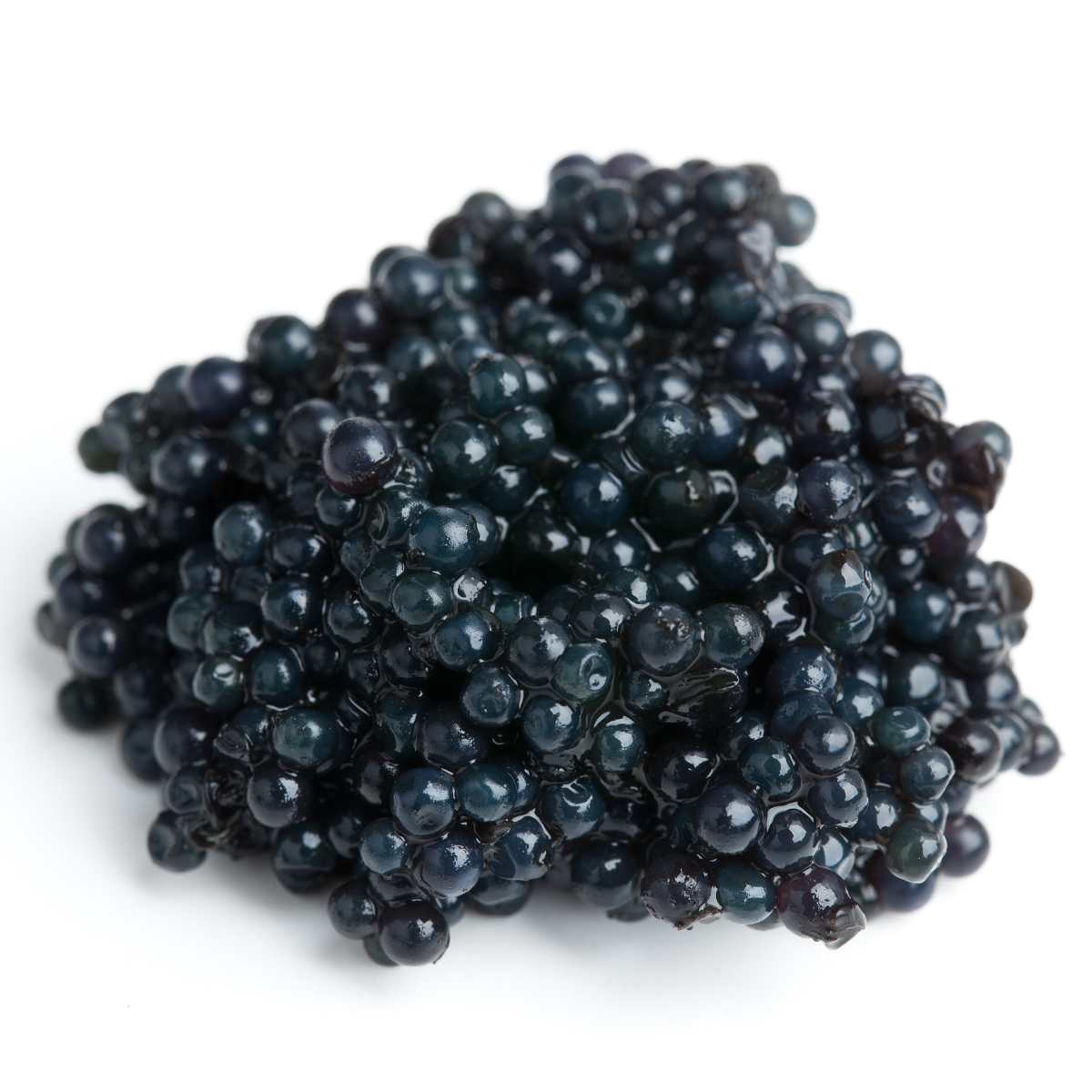
Caviar refers to the salted roe (eggs) of certain species of fish, particularly sturgeon. It is a delicacy known for its rich, briny flavor. Caviar is often served as a garnish or spread on bread or crackers and is a popular choice for special occasions.
Chicken Eggs
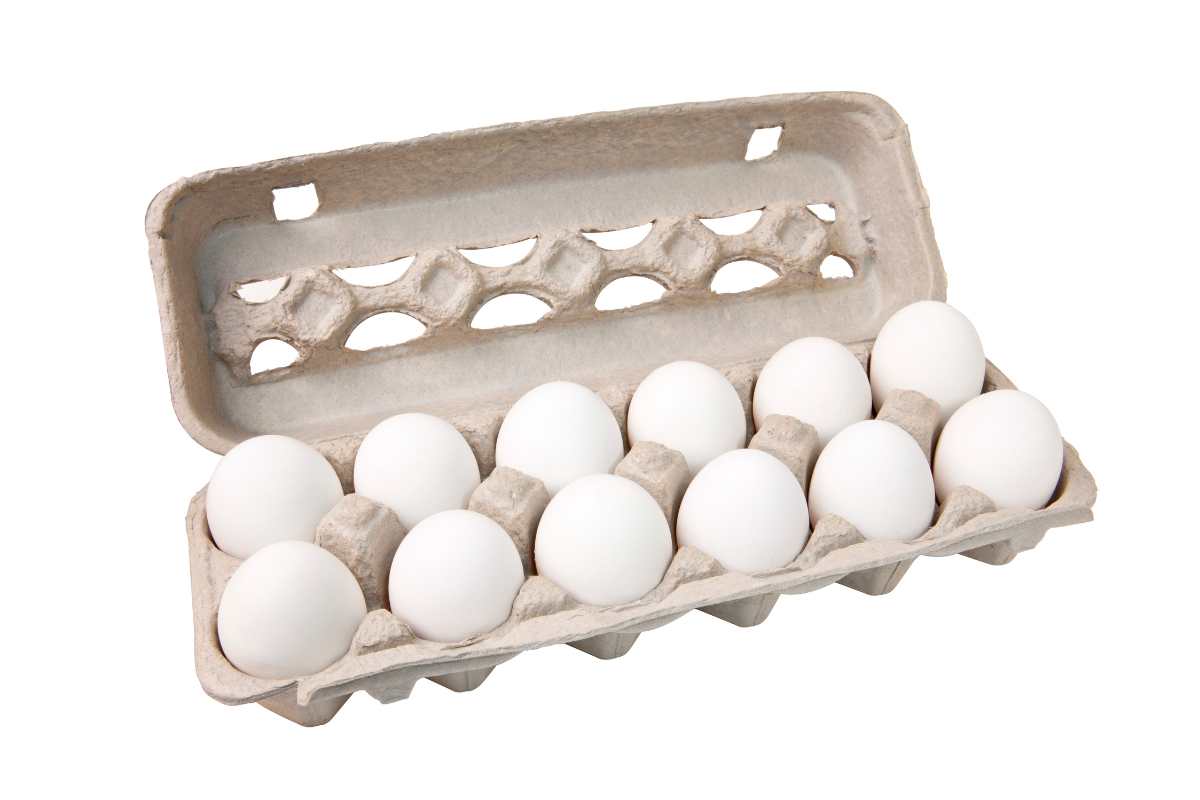
Chicken eggs are the most common and widely consumed eggs. They are used in various culinary preparations, such as baking, frying, boiling, and scrambling. They are also used as a binding agent in recipes like cakes and custards.
Dinosaur Eggs
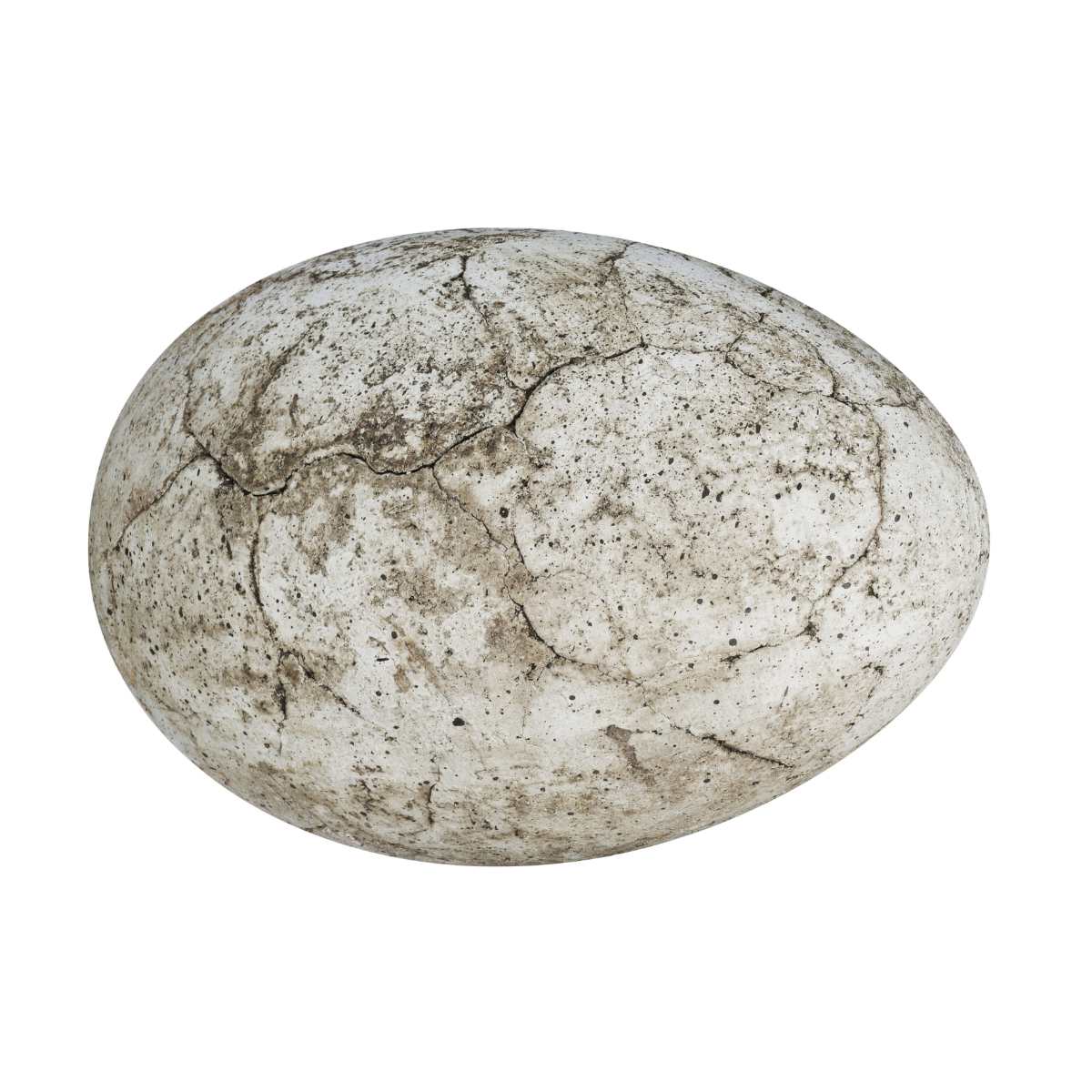
Hard as rock. Not recommended for culinary applications.
Dove Eggs
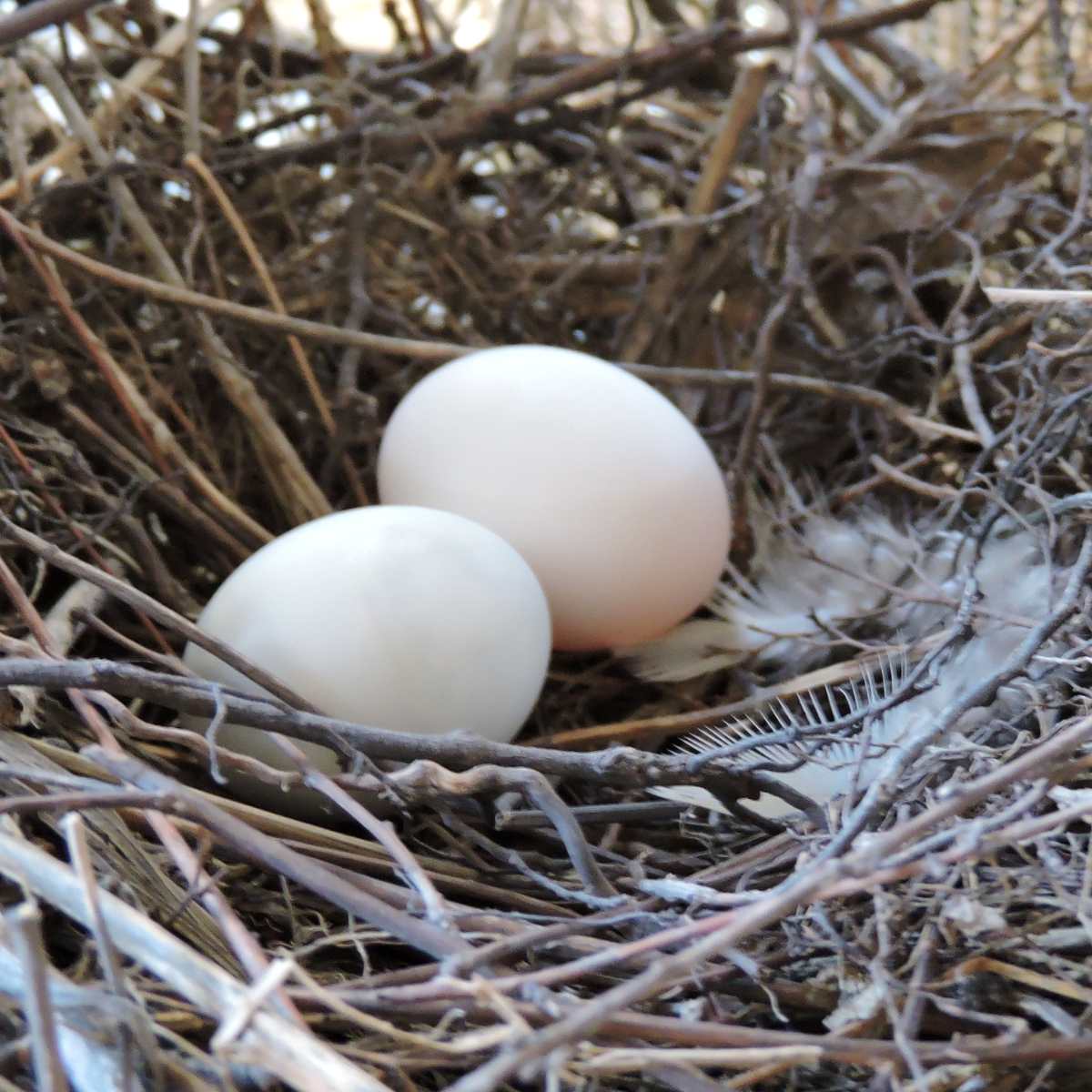
Dove eggs are small and have a rich, creamy flavor. They are occasionally consumed in some cultures, but they are not as widely used as other types of eggs.
Duck Eggs

Duck eggs are larger than chicken eggs and have a higher fat content, which gives them a richer taste. They are used in baking and cooking and are often preferred for making pastries and rich desserts.
EMU Eggs
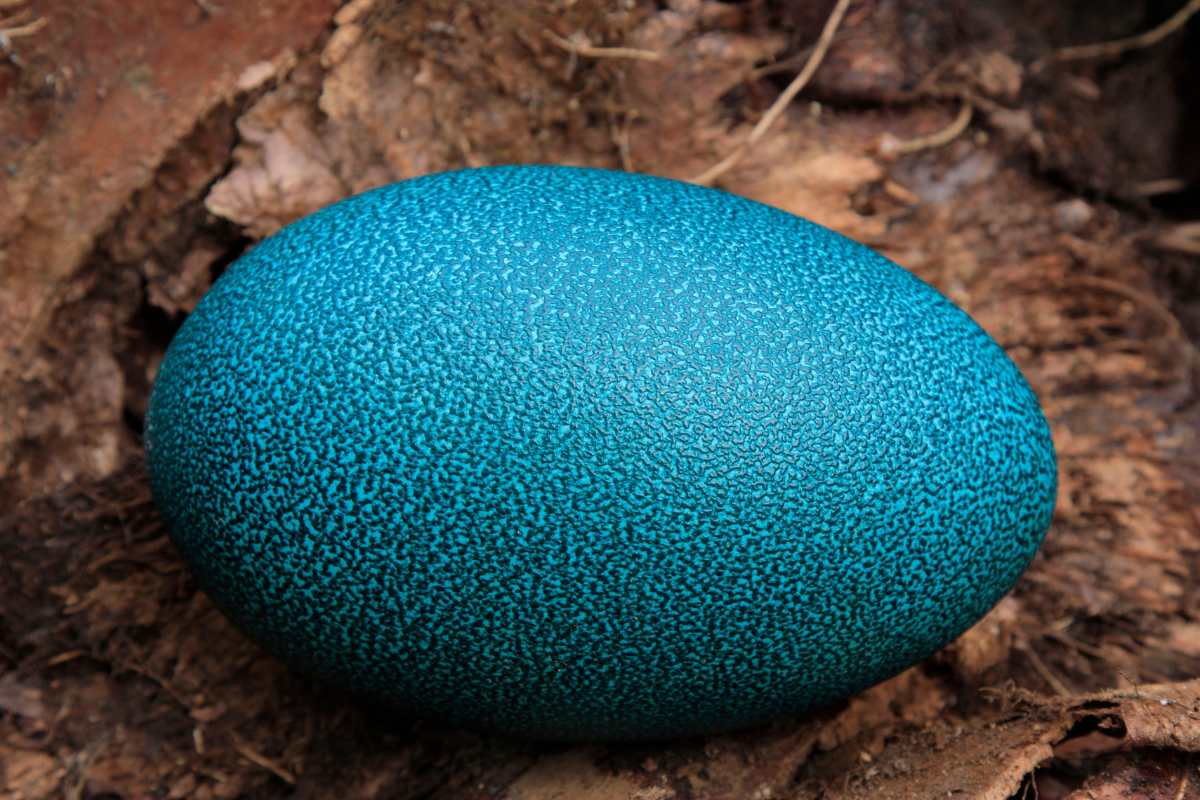
EMU eggs are large, dark green eggs that come from the emu bird. They have a rich flavor and can be used in cooking and baking. However, they are not as widely available as other types of eggs. The Emu egg farm craze of the 1990s fizzled quickly leaving these eggs to be a novelty.
Goose Eggs

Goose eggs are larger than chicken eggs and have a rich, flavorful yolk. They can be used in a similar way to chicken eggs and are often preferred for baking due to their size and richness.
Hilsa Eggs
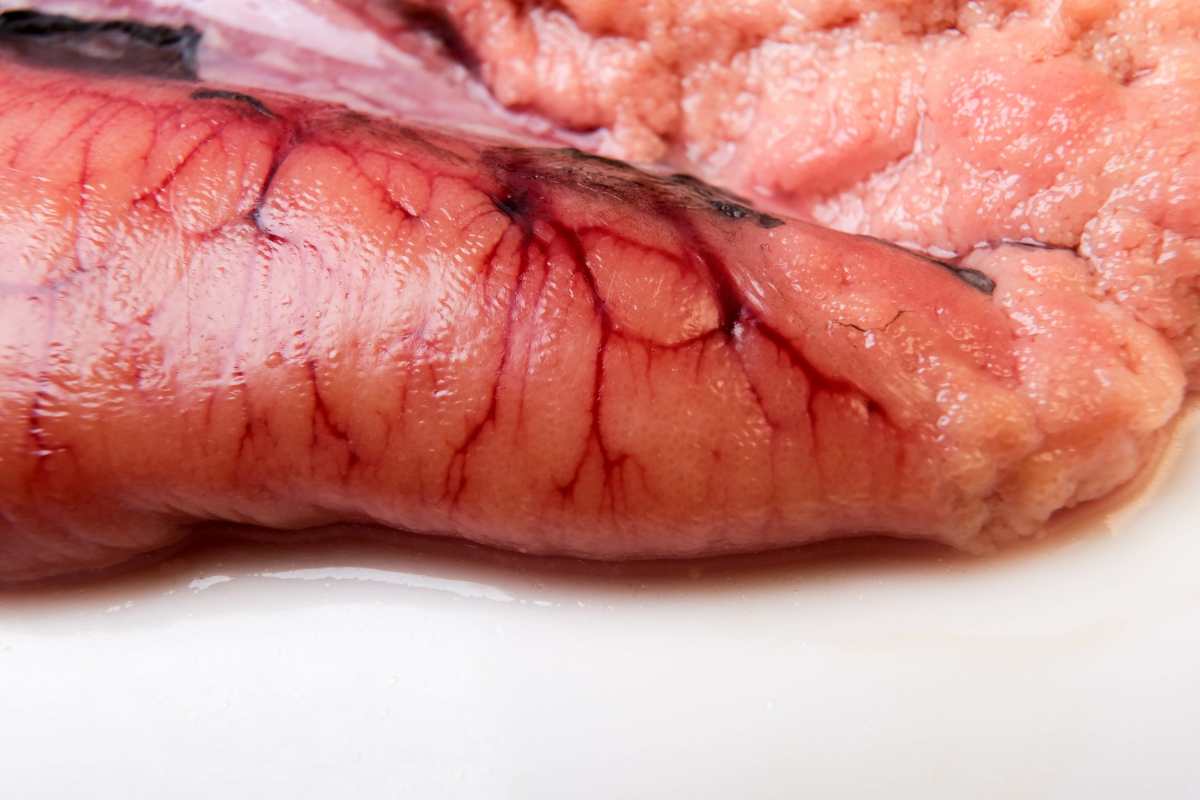
Hilsa eggs are the roe of the hilsa fish, a popular fish in South Asia. They are considered a delicacy and are often used in traditional dishes, such as curries and pickles.
Ostrich Eggs

Ostrich eggs are the largest eggs produced by any living bird. They are about 20 times larger than chicken eggs and can weigh up to 3 kilograms. Ostrich eggs are typically used for culinary purposes in a similar way to chicken eggs.
Partridge Eggs

Partridge eggs are smaller eggs produced by partridge birds. They have a delicate flavor and are rarely consumed on their own but can be used in cooking and baking.
Peacock Eggs
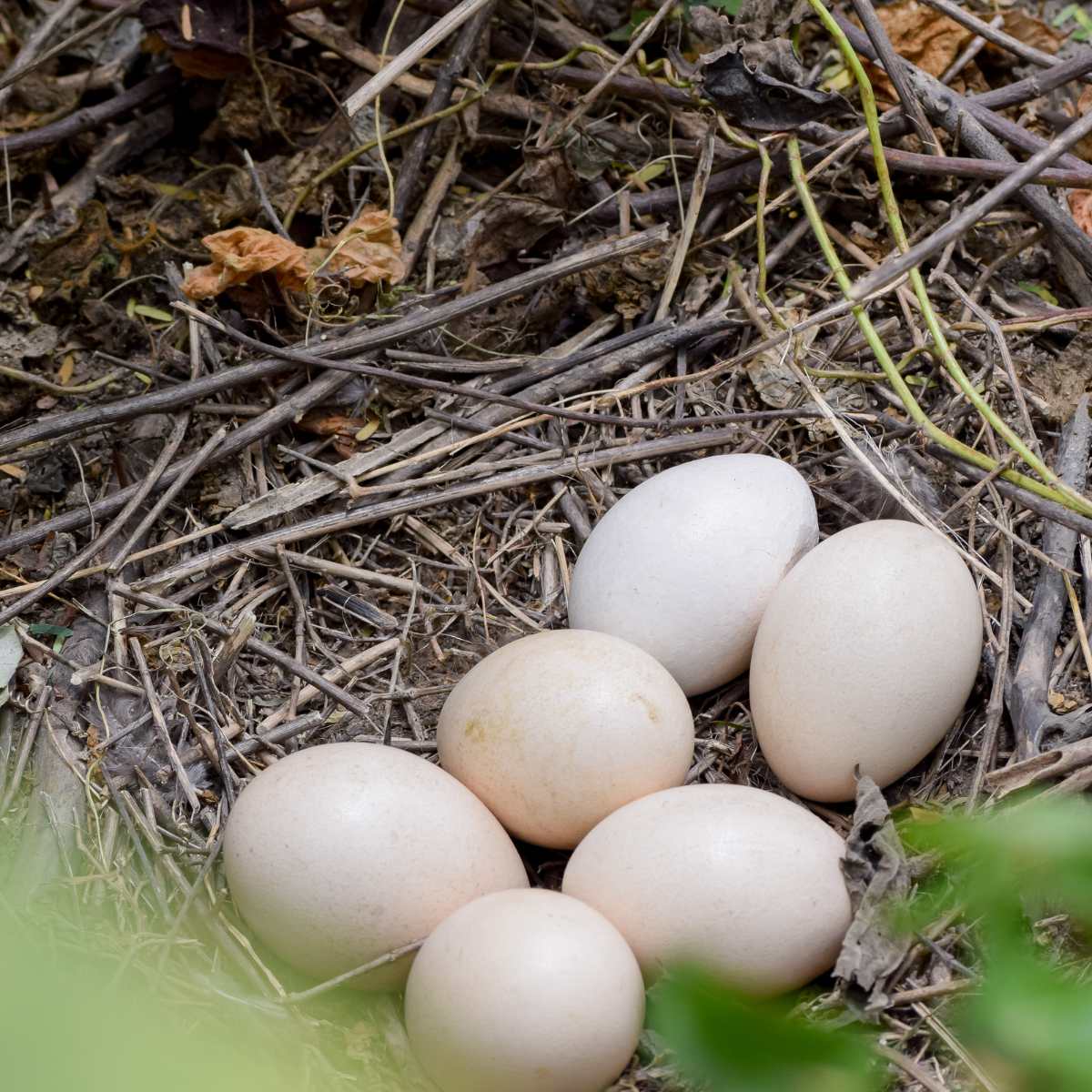
Peacock eggs are rare and not commonly consumed. Peacocks are protected in many countries, and their eggs are not readily available for culinary use.
Pheasant Eggs
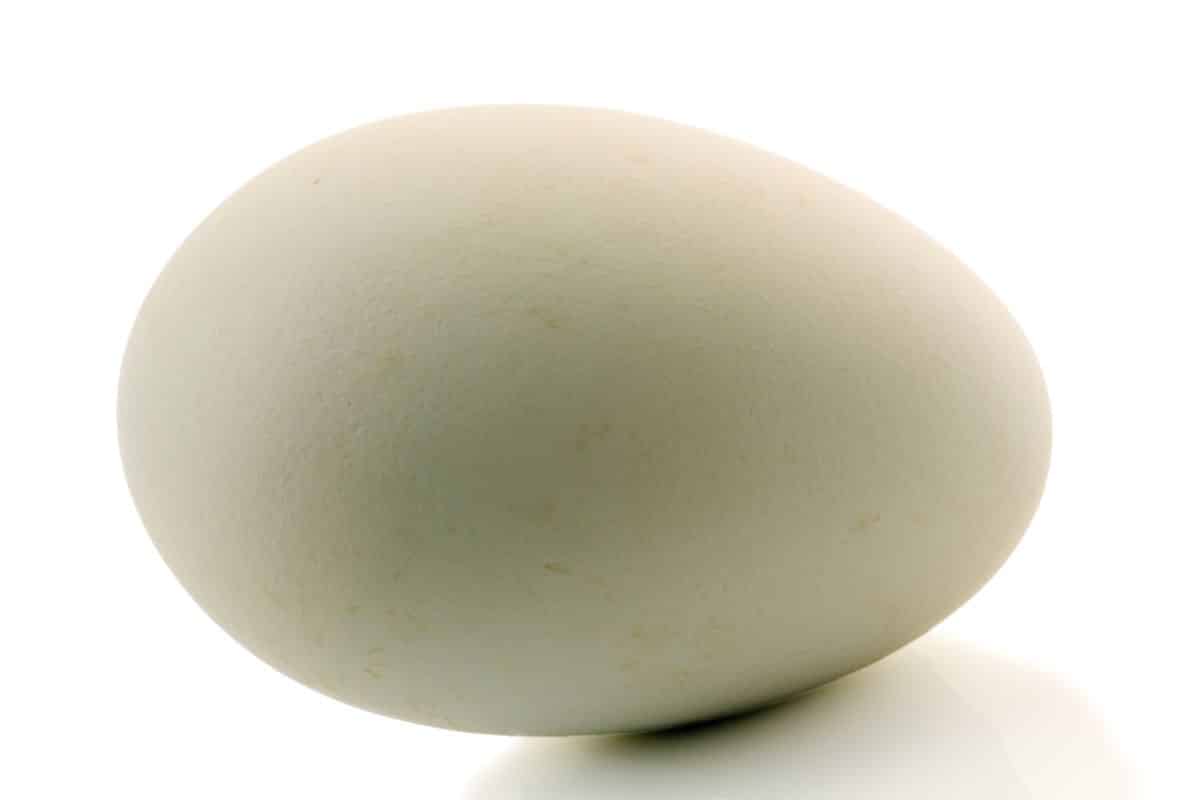
Pheasant eggs are smaller and have a rich flavor. They are often used in gourmet dishes, particularly in fine dining establishments.
Pigeon Eggs

Pigeon eggs are small and delicate with a mild flavor. They are consumed in some cultures and can be cooked and used in various recipes.
Quail Eggs
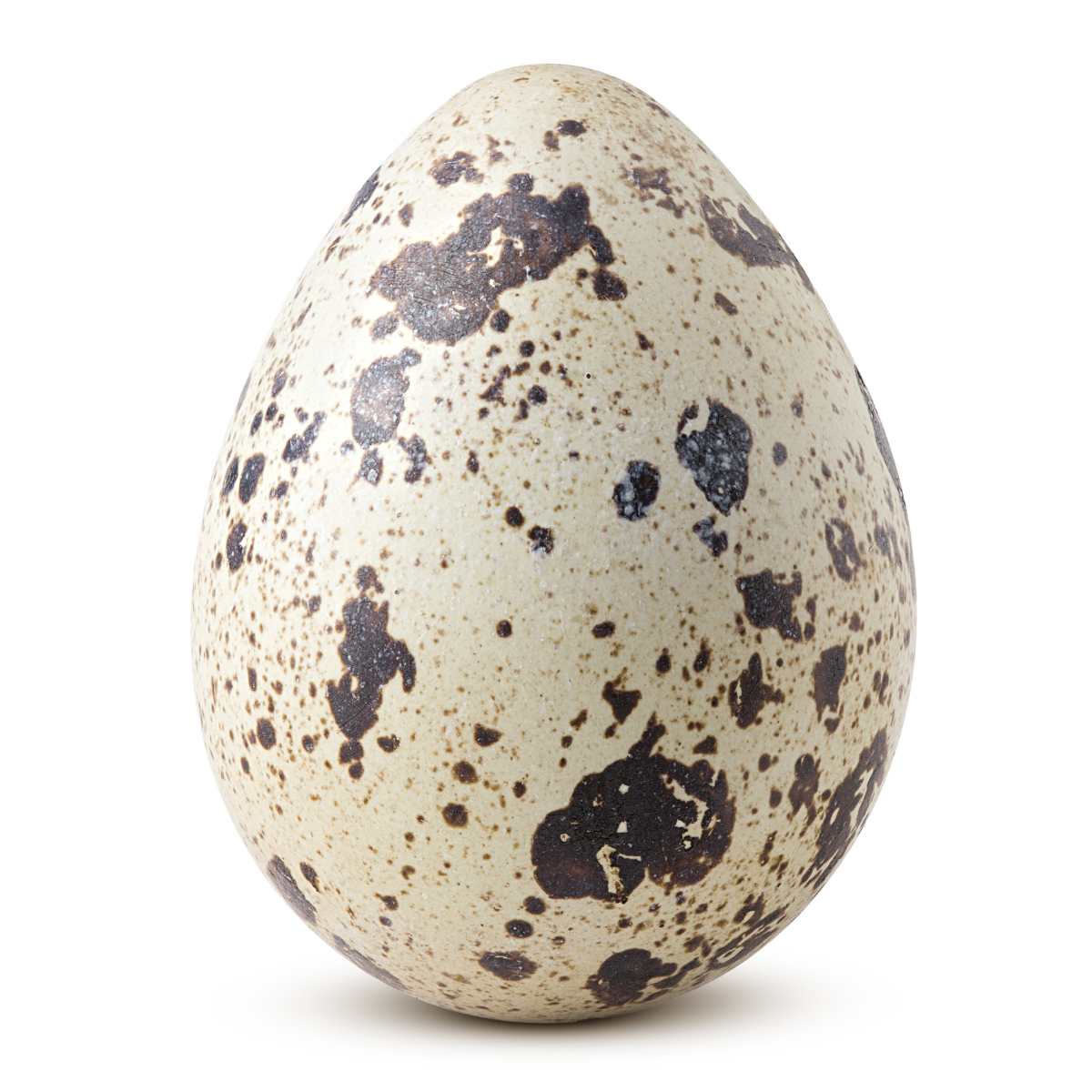
Quail eggs are smaller in size compared to chicken eggs but have a rich, creamy flavor. They are often served as appetizers, pickled, or used in salads and sushi. Quail eggs are popular in many Asian cuisines.
Turkey Eggs

Turkey eggs are larger than chicken eggs and have a similar taste. They are not, however, as commonly consumed as chicken eggs. They can be used in various recipes and are especially useful when cooking for larger groups due to their size.
Trivia Answer
The answer is A – Dr. Seuss was bet $50 that he couldn’t write a children’s book using only 50 different words!
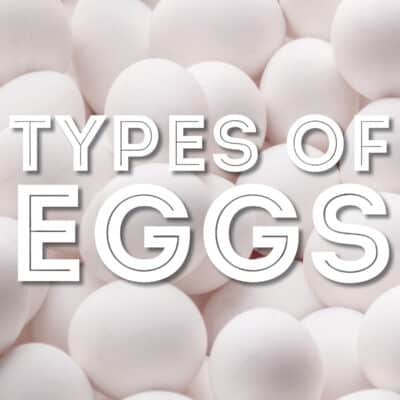
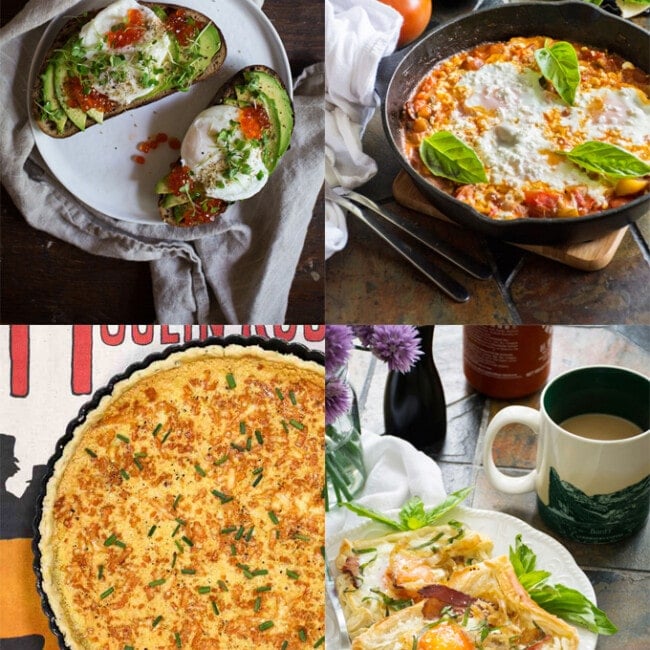


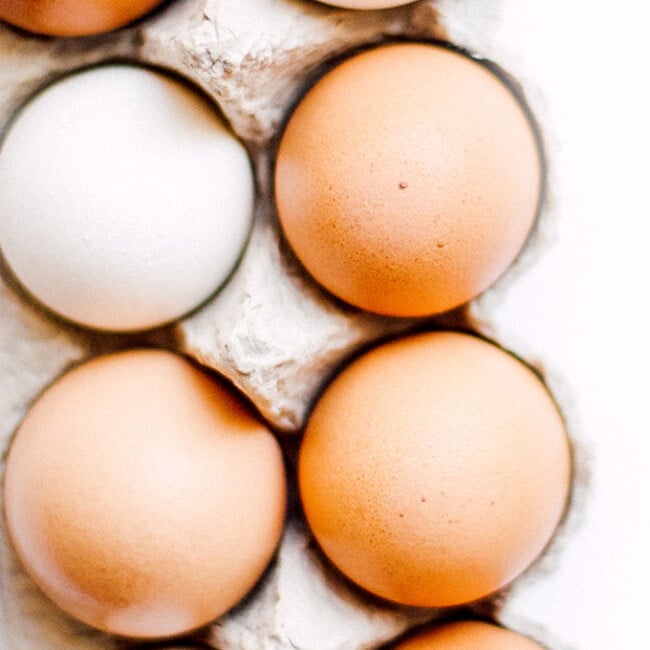
Leave a Comment